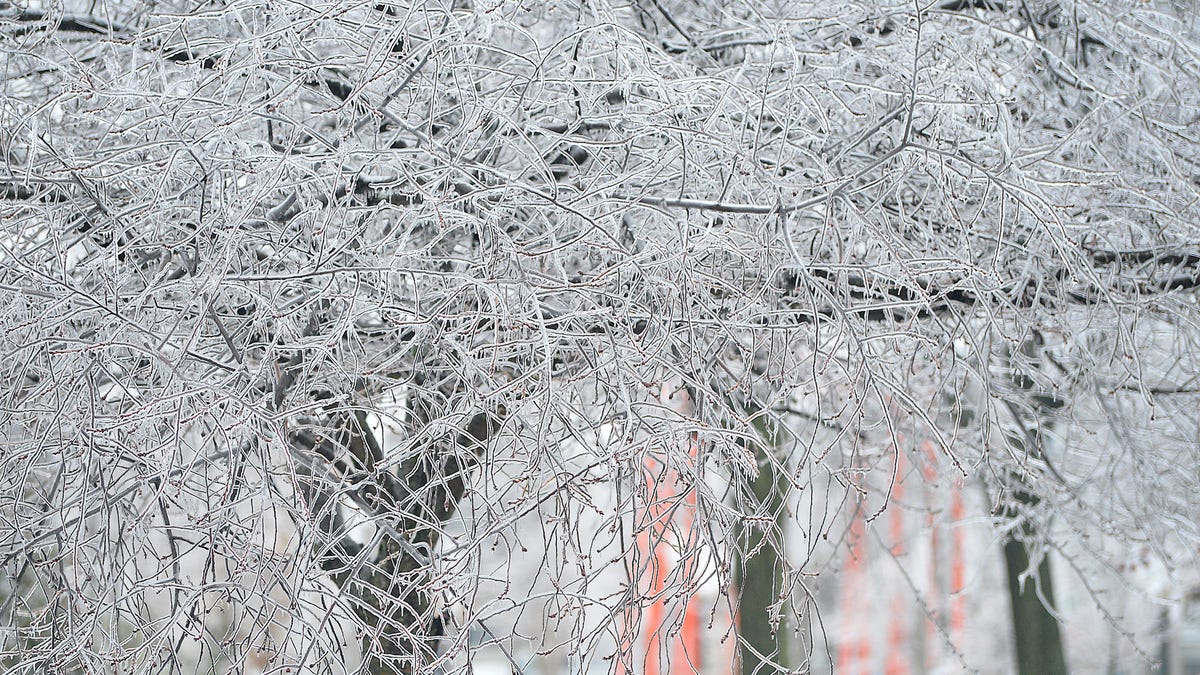[ad_1]
Miami (AFP)
Umberto Gimenez loves alligators. He gives them nicknames like “Smile” and “Momma Gator” and laughs when he thinks of their antics.
Gimenez, an airboat captain, found his paradise in Florida’s Everglades National Park, a natural gem in the southeastern US state threatened by climate change.
“It’s an amazing place and there is only one in the world,†he says.
The largest wetland in the United States is under threat and has become a battleground for one of the most important ecological conservation efforts on Earth.
Gimenez hopes the efforts will help preserve the park.
But time is running out and global warming is sabotaging a subtropical wilderness that is home to more than 2,000 species of animals and plants.
The main threat comes from the sea.
The Everglades, like all of South Florida, are nearly flat, making the ecosystem extremely vulnerable to sea level rise, one of the biggest consequences of rising temperatures.
The passage of salt water through freshwater wetlands can have disastrous effects.
The region stores and filters the water on which nine million Florida residents depend, or nearly 21 million people.
Once the salt enters underground aquifers, they can be destroyed.
In addition, the salt water risks destroying the habitat of much of the region’s rare flora and fauna.
The intensification of droughts and the decrease in rainfall, other consequences of climate change, are also of concern.
“As a massive bog that builds organic soils over time, this ecosystem has sequestered huge amounts of carbon that are locked up in the soils that contribute to habitat formation,†says Steve Davis, Scientific Director of the Everglades Foundation, a non-governmental organization.

A lack of fresh water not only stops carbon sequestration, it also causes what was stored in the soil to be released into the air.
A double climatic catastrophe.
– Multi-billion dollar project –
Gimenez puts on sunglasses, ties a bandana around his head, and jumps barefoot in his airboat with Davis.
The boat starts and goes through a carpet of greenery with water hidden under the vegetation.

We have the impression of floating on the grass.
For thousands of years, water has accumulated north of the Everglades during the rainy season, shaping the landscape by moving very slowly following the gentle slope of the terrain.
In the last century, however, the natural flow has been diverted to allow urban and agricultural growth in South Florida.
In doing so, he altered the 1.5 million acre (607,000 hectare) wetland ecosystem, weakening it in the face of climate change.
In 2000, Congress approved a project, funded equally by Florida and the federal government, to protect the area, which was declared a biosphere reserve by UNESCO in 1976.

Its initial cost was $ 7.8 billion.
The goal was “to store water, clean it, and return it as naturally as possible to the national park,” Davis said.
To achieve this, scientists designed a complex system of canals, dikes, dams and pumps.
They also designed artificial swamps to filter the water and rid it of nutrients that damage the wetland.
At the same time, sections of road that blocked the flow of water to the park were raised.
“Restoring the Everglades is the model for other ecosystem restoration efforts, whether it’s wetlands like the Pantanal (in South America) or estuaries like the Chesapeake Bay,” says Davis.

“We have the same kind of problems here,” he adds. “It’s about ensuring the right amount of clean water is flowing through the ecosystem.”
– Delays –
The effects of rehabilitation are already noticeable. Davis gets off the boat, plunges his hands into the clear water, and picks up a dark ball from the bottom.
It is periphyton, a mixture of algae, bacteria and microbes, the presence of which indicates healthy water quality.

Despite some progress, only one of the 68 major projects in the original 2000 plan has been fully completed.
The delays are mainly due to a lack of federal funding.
According to the Everglades Foundation, between $ 4 billion and $ 5 billion has been spent so far on the restoration project, with Florida contributing 70% and Washington contributing just 30%.
The emergency caused by climate change could, however, give a boost to the conservation plan.
President Joe Biden included $ 350 million for the Everglades in his 2022 fiscal budget, $ 100 million more than in 2021.
In April, Florida Governor Ron DeSantis signed an agreement with the US Army Corps of Engineers to build a reservoir west of Palm Beach that will cost $ 3.4 billion.

About the size of Manhattan Island, it “will store a lot of water that will go south, rehydrate these wetlands, recharge the aquifer and push back sea level rise,” says Davis.
© 2021 AFP
[ad_2]




/cloudfront-us-east-1.images.arcpublishing.com/pmn/2H2Y3RAAQRD67DZLCG4TX3QUJA.jpg)